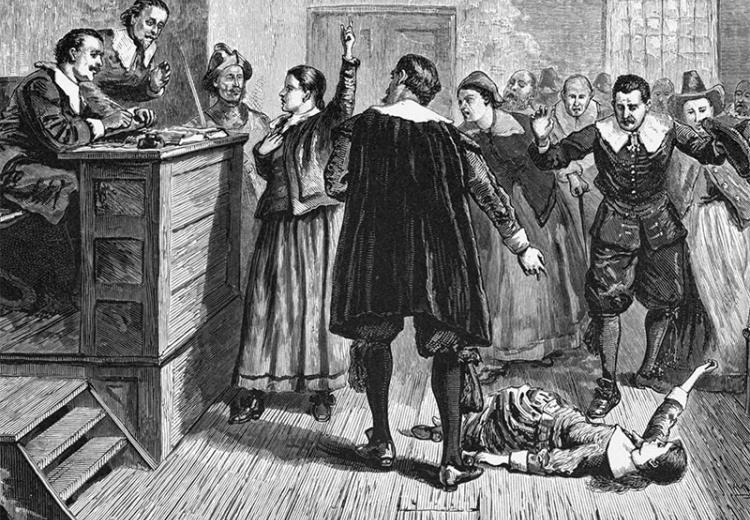Understanding the Salem Witch Trials

Engraving of a witchcraft trial at Salem Village. The central figure in this 1876 illustration of the courtroom is usually identified as Mary Walcott.
Salem, Massachusetts in 1691 was the home of a Puritan community with a strict moral code. In addition to the difficulties of farming in a harsh climate with rough terrain, Salem faced economic and political unrest. In this community, a group of girls accused an Indian slave named Tituba of witchcraft. Tituba confessed under pressure from court officials, and her confession ignited a hunt for witches that left 19 men and women hanged, one man pressed to death, and over 150 more people in prison awaiting a trial. In this lesson, students will explore the characteristics of the Puritan community in Salem, learn about the Salem Witchcraft Trials, and try to understand how and why this event occurred.
Guiding Questions
What was life like in Puritan New England?
What were the causes and effects of the Salem Witch Trials?
To what extent do the historic records show that the accused were innocent until proven guilty?
Learning Objectives
Describe cultural practices of the majority in Puritan New England.
Create a timeline of the events of the Salem Witch Trials.
Analyze multiple interpretations of the Salem Witch Trials.
Construct a position on whether the trials were justified.
